Shaun Killen recently returned from a two-week stint working with colleagues Suzie Mills and Ricardo Beldade at CRIOBE (shown above), on the beautiful Tahitian island of Moorea in French Polynesia. Accompanying Shaun was IBAHCM Research Fellow Tommy Norin, who will remain in Moorea until mid-December (poor guy).
Tommy, Shaun, and Ricardo doing plankton tows to feed the young clownfish (photo Tommy Norin).
The main focus of the collaboration is to study the factors that influence the dispersal of clownfish larvae after they hatch and leave their nest. In particular, the aim was to see how the metabolism and swimming ability of the larvae changes throughout their early development, to understand whether the little guys are able to control their own destiny by swimming faster than the prevailing currents.
A 15-day old clownfish larvae in a teeny tiny respirometer.
Getting ready to collect some clownfish eggs to take back to the lab for hatching and larval rearing.
Adult clownfish. (Photo Tommy Norin)
Clownfish eggs. The bright orange colour indicates they were likely laid within the last day or two. (Photo Tommy Norin)
These eggs are much older and likely close to hatching. You can even see the eyeballs of the embryos inside. (Photo Tommy Norin)
Tommy and Shaun checking out some clownfish nests. (Photos Suzie Mills)
Harvested eggs back in the lab, being aerated until they hatch.
Other projects underway with the team include understanding how anenomes affect routine oxygen uptake in their resident clownfish, and studies to examine how various environmental stressors affect metabolic rate in sea hares.
A juvenile clownfish being measured for oxygen uptake with the respirometry chamber being placed within an anenome. (Photo Tommy Norin)
Seahare oxygen uptake being measured in respirometry chambers. (Photo Tommy Norin)











